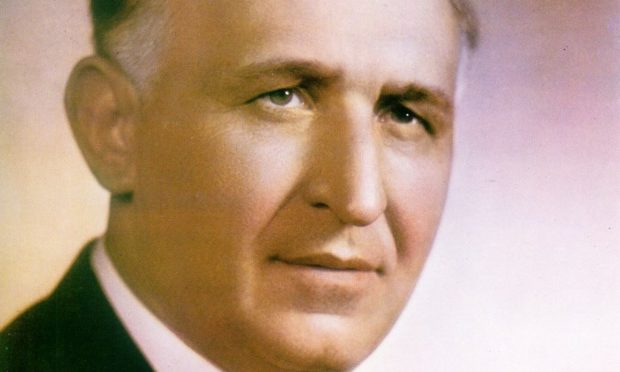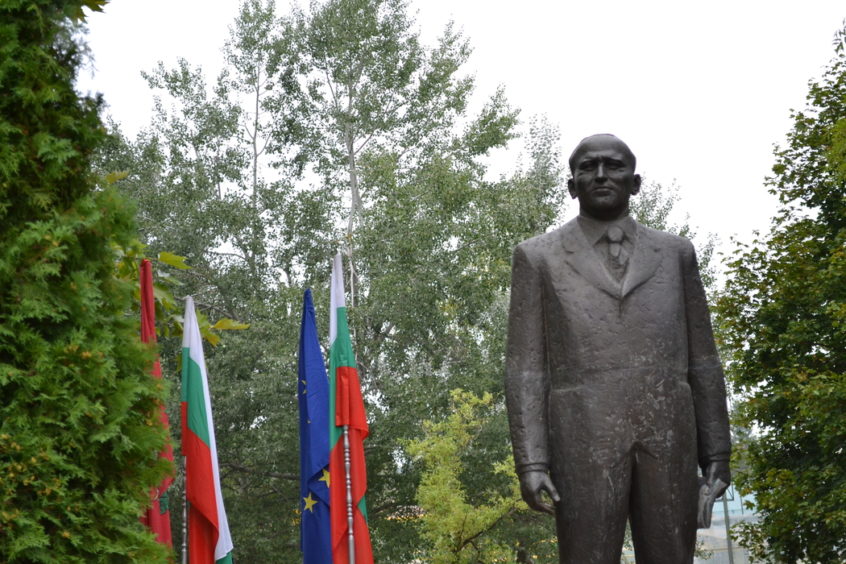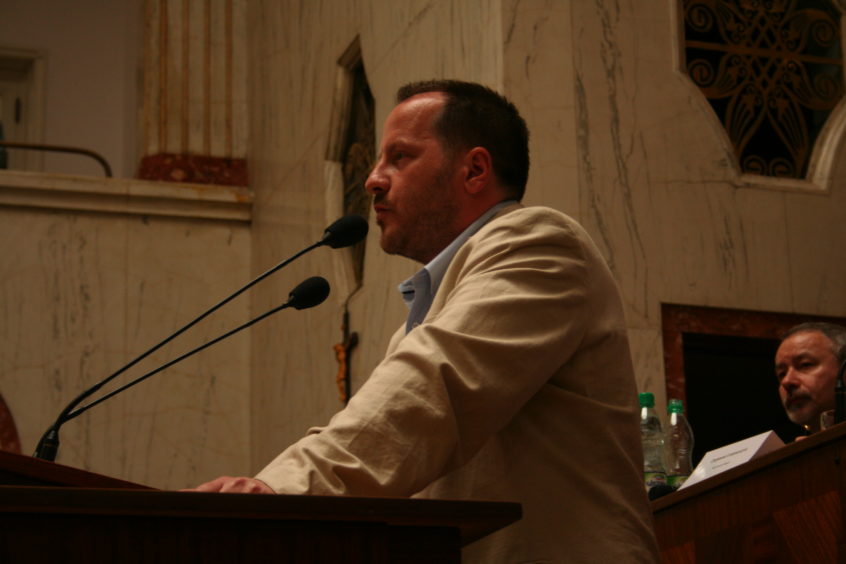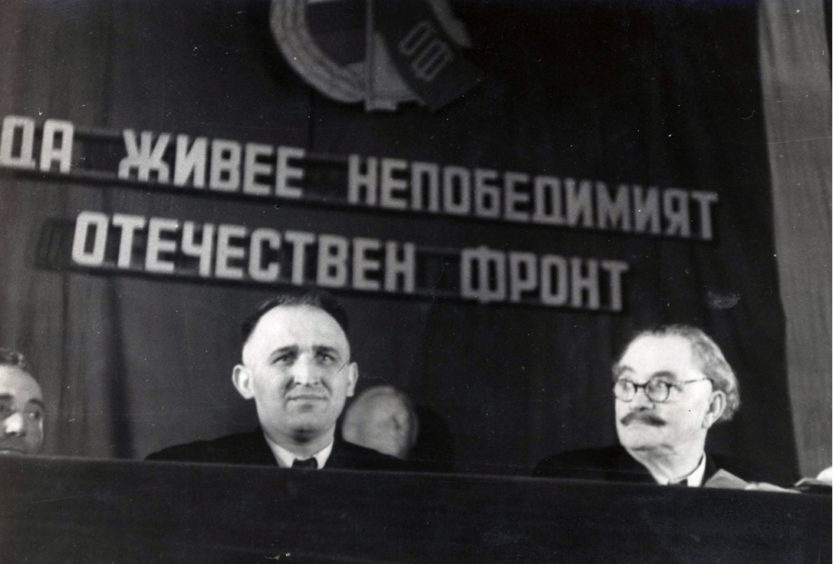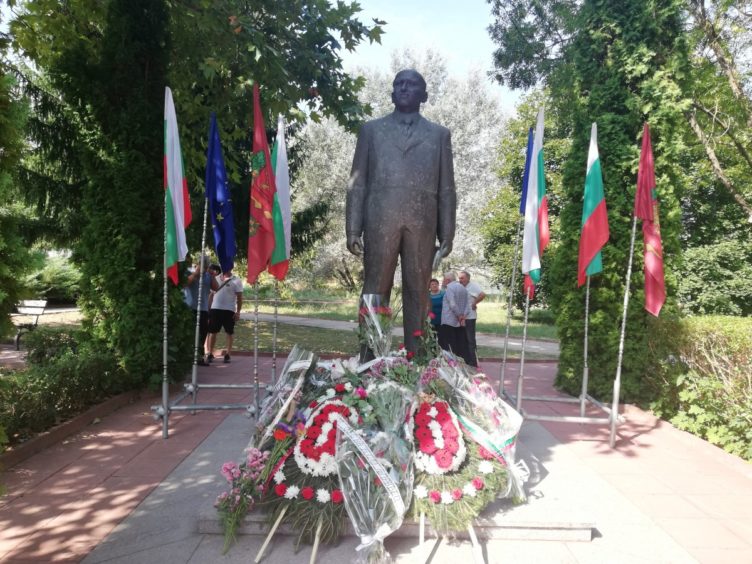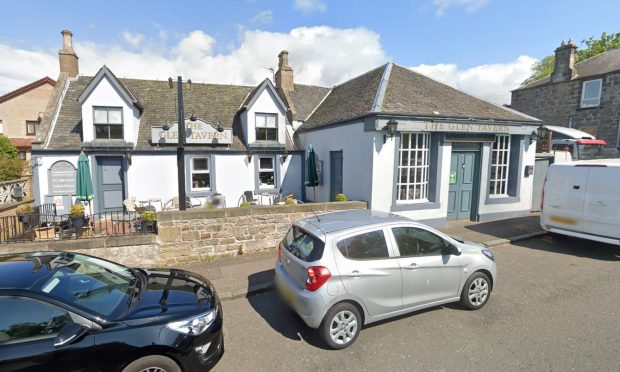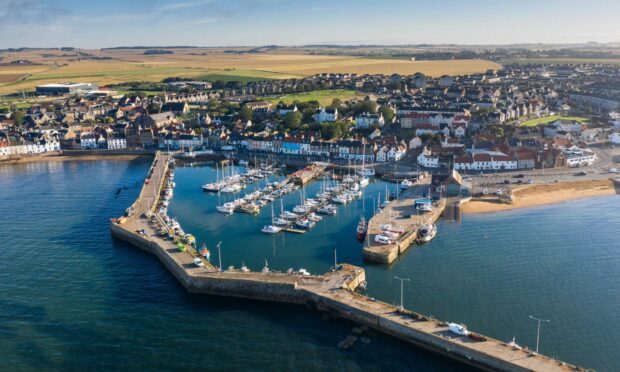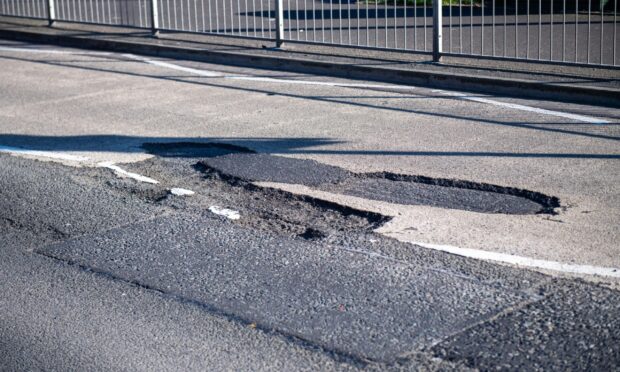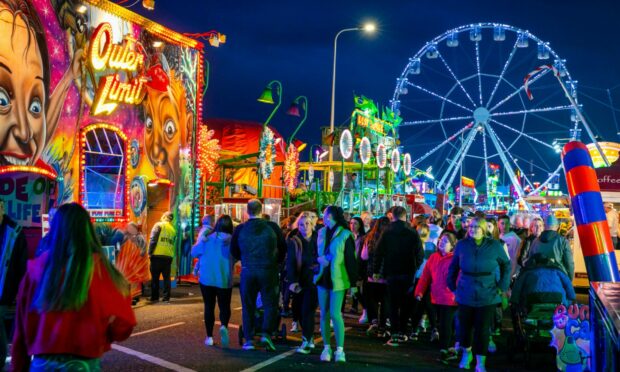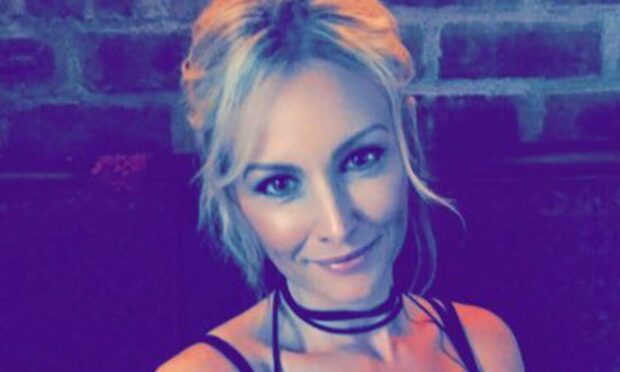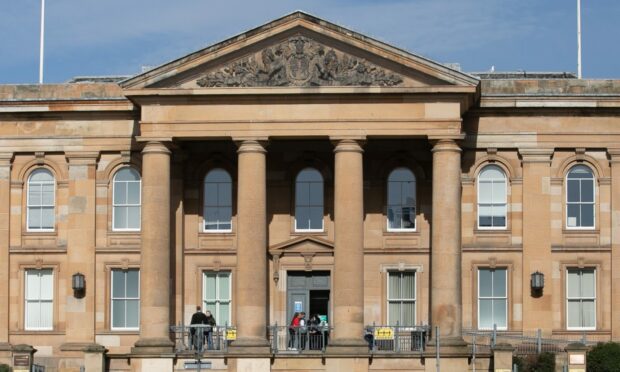St Andrews University reader in modern history Tomasz Kamusella tells Michael Alexander of his concerns about the European Union flag being associated with a former Soviet-bloc Stalinist leader.
When the 108th anniversary of the birth of Bulgaria’s long-time Communist dictator and former Soviet-bloc Stalinist leader Todor Zhivkov was marked on September 7, the occasion in his home town of Pravets was lavishly celebrated with European Union flags unfurled.
But is the use of EU flags appropriate given that Zhivkov, who ruled communist Bulgaria for 35 years, ordered Cold War Europe’s largest ethnic cleansing in 1989?
St Andrews University reader in modern history Tomasz Kamusella doesn’t think so.
While Bulgaria became a full member of the European Union in 2007, he believes the “blatant abuse of EU flags at the monument of the ethnic cleanser” is a clear sign of “malaise” about Bulgaria’s history – including Zhivkov’s revival in the mid-1980s of the Danube island Belene concentration camp.
“In 1962 and 1973, Zhivkov applied for Bulgaria’s membership to the Soviet Union twice,” said Mr Kamusella.
“By the turn of the 1970s, he had liquidated the last vestiges of the cultural autonomy for a tenth of Bulgarians, who happened to be Turks and Muslims.
“In the brutal militarised forced assimilation campaign ‘Islamo-Arabic’ names of one million Turks were replaced with ‘Slavo-Bulgarian’ ones in the winter of 1984-1985.
“About 100 protesters were killed, while thousands were thrown into the hastily built concentration camps. After 1985 the existence of Turks or any other ethnic minorities was officially denied.
“Encouraged by the reforms in the Soviet Union, in May 1989, desperate Turks and Muslims staged the first-ever mass protests in communist Bulgaria, involving 60,000 people. These May protests triggered a series of events, which led to the collapse of communism in this country.
“First, incensed Zhivkov ordered an expulsion of half of Bulgaria’s Turks. In the summer of 1989, 360,000 people (4% of the population) were expelled across the Iron Curtain to Turkey, a NATO member.It was the largest ethnic cleansing in Cold War Europe.
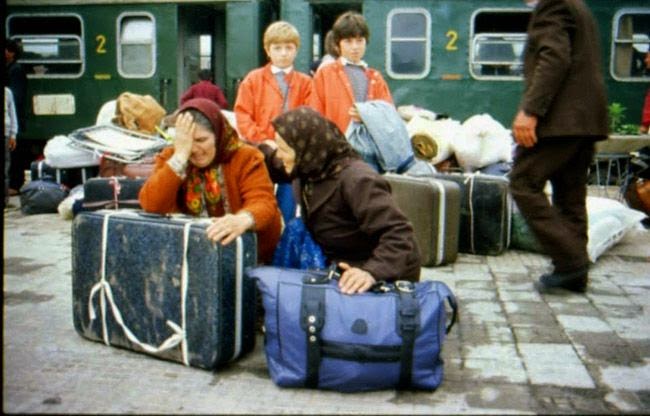
“Subsequently, the Bulgarian economy collapsed. Zhivkov’s colleagues removed him from office in November and placed under house arrest. They vowed to reform the economy, and allowed expellees to return. However, the communist leadership did not return civil and political rights to Bulgaria’s Turks and Muslims until December 31, 1989.”
Mr Kamusella told how in response, anti-Turkish and anti-Muslim demonstrations with one million participants engulfed Sofia and the country in January 1990. Zhivkov’s program of forced assimilation and ethnic cleansing united communist and anti-communist ethnic Bulgarians. Protests lasted through 1991.
A potential breakup of the country was narrowly avoided and Bulgaria’s Turks and their party were grudgingly accepted.
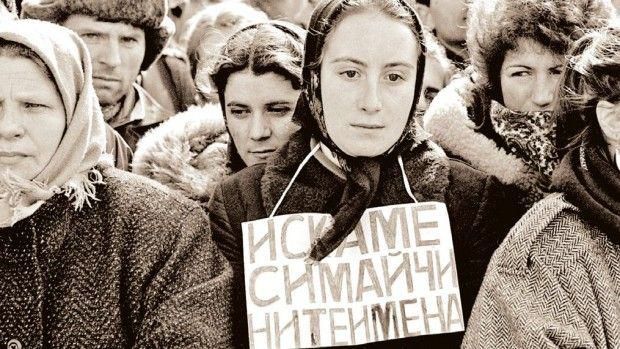
However, the difficulties of the systemic transition enabled the coalescence of an “unprecedented post-communist cult of personality” for Zhivkov – a cult that continues to this day.
“The incumbent Bulgarian PM, Boyko Borisov, has almost continuously held this high office since 2009,” said Mr Kamusella.
“He entered politics on the strength of having worked as Zhivkov’s personal body guard between 1990 and the dictator’s death in 1998.
“Borisov openly praises Zhivkov the ethnic cleanser as ‘our Great Daddy [of the Bulgarian nation]. The Prime Minister never enrolled at a university, but likes emphasising that ‘Zhivkov was his university.’”
On the 90th anniversary of Zhivkov’s birth in 2001, the communist statue of the dictator was returned from storage to Pravets. Borisov attended this event. The initial celebrations of Zhivkov’s birth took place in Pravets in 2010.
“Beginning with the 2012 celebrations, EU flags have been employed to decorate the Zhivkov monument,” added Mr Kamusella.
“Bulgaria joined the EU in 2007. However, if anti-European and anti-western Zhivkov had been still in power, he would have rather applied for his country’s membership in autocratic Russia’s Eurasian Economic Union.
“Brussels worries that rule of law and democracy are dismantled in Hungary and Poland, and endangered in Britain, the Czech Republic or Romania.
“At the same time, Borisov does the same in Bulgaria and goes a step further, staking his repeated electoral success on Zhivkov-style anti-Muslim, anti-Turkish and anti-Roma nationalism.
“The blatant abuse of EU flags at the monument of the ethnic cleanser is a clear sign of this malaise, which so far, no one notices outside Bulgaria. Soon it may be too late.”
